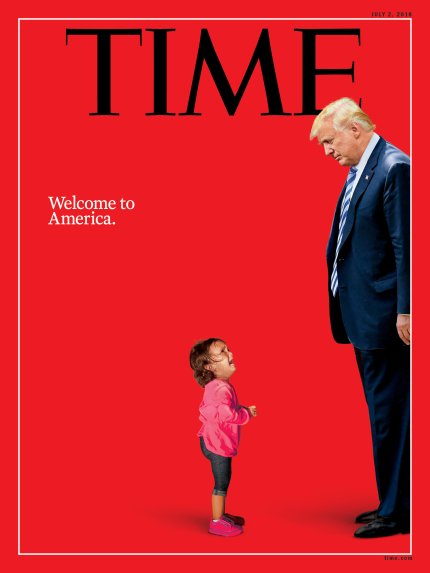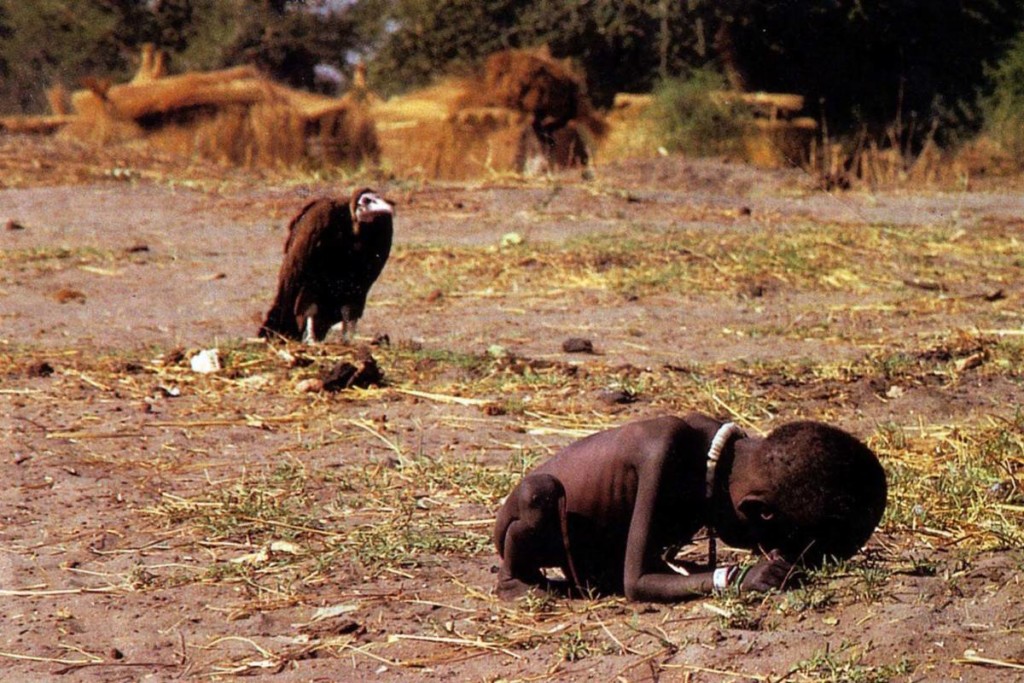What Motivates Me?
Below I have created a way of showing you what motivated me within my life. To view the descriptions of the photos in photo stacks be sure to click on the black box in the upper left hand corner. All photos were taken by me (Shannon Hastings), or of me with the help of my fiance Tyler.
What Motivates Photojournalist?
John Moore
Photo of John Moore provided by World Press
John Moore is an American based photojournalist known for winning the World Press Photo of the Year as YouTube video World Press Photo Content 2019: John Moore on his winning World Press Photo of the Year. Moore talks about how he began photojournalism by taking a photojournalism class just as we are now. He said "he thought the class would be easy and fun" and it turned into a passion, and then a career. He believes in bringing the messages of the world to light all the while he tries "to be careful as possible to not further traumatize people and still be an effective storyteller" he explains in an interview with Brian Bethune. He finds motivation in letting his photographer spark activism as he states "sometimes, as with the recent image of the child crying, the picture itself can lead to a certain level of activism. Yet that didn't come from the caption, but a picture an take on a life of its own.". Many of Moore's work are of international issues that he uses to create activism around the world exposing the raw truth. He has exposed the issues regarding immigration in both Mexico and Central America. Moore makes sure to emphasize that as a photojournalist "you cant always control the life cycle of photographs" but as a photojournalist you can "be honest with the picture and context used to put the picture into perspective".
Photo by John Moore
Peter Essick
Photo of Peter Essick provided by Lumiere Gallery
Peter Essick is described by National Geographic as a freelance photojournalist who mainly produces stories about the environment. He began working for National Geographic as a summer intern while he studied photojournalism, he has since found a passion in photographing the environment around the world as he has been fortunate to travel all seven continents searching for compelling images to share with the rest of the world. Some of his most rewarding work as been on "Inner japan, the American wilderness, the carbon cycle, global warming, nuclear waste, and global freshwater". Peter has also released a book called "Our Beautiful, Fragile World" which is his perspective as a photographer over the last 25 years who has been extensively involved in documenting the resilience of the nature world, as the increasing impact of human activity and expansion. Peter further talks about the motivation behind hes interest in environmental photography and activism as "his father was a science teacher and lover of outdoors", they together would spend a lot of their time outdoors and while outdoors his father took photos of their experiences. His father had then taught these skills to him but it wasn't until high school he fell in love with it. He also goes on to say his motivation comes from timeless images and work that is understated from other photographers. The image below is one that shows Essick's motivation to reveal the human impact of development as well as the enduring power of the land as he states in his about me on his website.
By Peter Essick
Hansel Mieth
Photo by Otto Hagel (Hansel's Husband)
In Hansel's biography from The Library of Congress tells of the German born photojournalist that fell in love with photography and Otto Hagel and chased her dreams all the way to America. Mieth's photography was motivated by idea of fairness that she kept her eyes constantly looking to find the situations people often didn't want to address or believe and bring this injustices to the public's eye. She struggled throughout her career especially with her images and LIFE magazine who she often found was censoring her photos, or opting to pick photos that were less offensive, and even altered photo meanings with captions. Hansel herself had not all seen the injustice and wasn't afraid to photograph the raw truth she also lived through it herself. When she first came to America she lost her two-year old child to a drunk driver in the migrant labor camp, and wasn't allowed to photograph the conditions of the farm they worked on. Even though when she was hired at the magazine they convinced her they wanted a photographer with different points of view "she battled to publish her stories of social injustice" throughout her career there.
Photo by Hansel Meith
Migrant Children Haul Water. 1932










